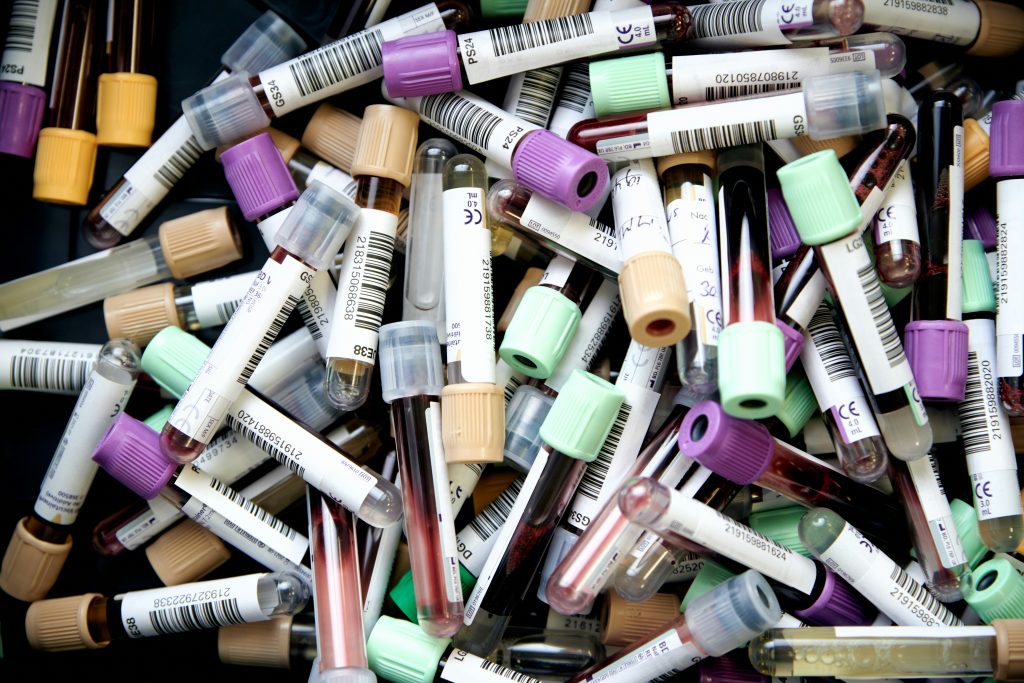When we think about aging, we often focus on visible signs like wrinkles, gray hair, and decreased energy. However, we are now looking deeper, exploring the molecular changes that occur as we age. Among these, NAD+ (nicotinamide adenine dinucleotide) plays a crucial role. This important molecule is at the heart of the NADIS consortium’s research, being connected to all 12 established hallmarks of aging, such as mitochondrial dysfunction and cellular senescence. Some researchers suggest that measuring NAD+ levels in our blood could provide clues about our biological age -how old our bodies really are, which might be different from our chronological age.

How does NAD+ change with age?
As we grow older, it is said that our NAD+ levels generally tend to decrease. This decline is linked to various health issues associated with aging, such as reduced energy production, less efficient DNA repair, and a higher risk of age-related diseases. Researchers are investigating whether lower NAD+ levels could indicate biological age – the age at which your body is functioning – rather than the age on the birth certificate.
What do studies say?
Some studies have shown a significant drop in NAD+ levels with age (Chaleckis et al., 2016; Wang et al., 2023). Conversely, one study reports no significant decrease in NAD+ levels with aging (Breton et al., 2020). On the other hand, a study involving over 1,500 participants found no significant differences in blood NAD+ levels across five age groups (Yang et al., 2022). While there was a slight decline in NAD+ in participants under 50, this trend disappeared for those over 50. Interestingly, the study found that gender also plays a role: women tended to have lower NAD+ levels in their blood, and while men showed a significant decrease after age 60, no significant trend was observed for women.

Photo by Testalize.me on Unsplash
Given these conflicting results, it remains uncertain whether NAD+ levels decrease in whole blood as we age. While NAD+ showed promise as a potential marker of biological age, it is unlikely to serve as a standalone indicator. Instead, it could be part of a broader set of biomarkers that together provide a clearer picture of an individual’s biological age.
Author: Maria Tretowicz
Breton, M., Costemale-Lacoste, J.-F., Li, Z., Lafuente-Lafuente, C., Belmin, J., & Mericskay, M. (2020). Blood NAD levels are reduced in very old patients hospitalized for heart failure. Experimental Gerontology, 139, 111051. https://doi.org/10.1016/j.exger.2020.111051
Chaleckis, R., Murakami, I., Takada, J., Kondoh, H., & Yanagida, M. (2016). Individual variability in human blood metabolites identifies age-related differences. Proceedings of the National Academy of Sciences, 113(16), 4252–4259. https://doi.org/10.1073/pnas.1603023113
Wang, P., Chen, M., Hou, Y., Luan, J., Liu, R., Chen, L., Hu, M., & Yu, Q. (2023). Fingerstick blood assay maps real-world NAD+ disparity across gender and age. Aging Cell, 22(10), e13965. https://doi.org/10.1111/acel.13965
Yang, F., Deng, X., Yu, Y., Luo, L., Chen, X., Zheng, J., Qiu, Y., Xiao, F., Xie, X., Zhao, Y., Guo, J., Hu, F., Zhang, X., Ju, Z., & Zhou, Y. (2022). Association of Human Whole Blood NAD+ Contents With Aging. Frontiers in Endocrinology, 13. https://www.frontiersin.org/journals/endocrinology/articles/10.3389/fendo.2022.829658

Leave a Reply